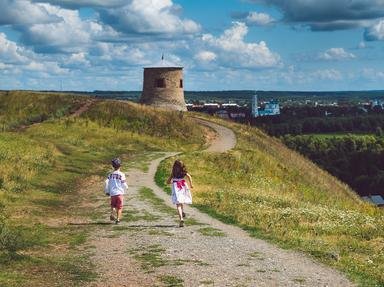Quiz Answer Key and Fun Facts
1. Patuxet - Taught the Pilgrims how to live in Massachusetts
2. Cherokee - Created the Cherokee alphabet
3. Powhatan - Helped guarantee the success of Jamestown
4. Ottawa - Led rebellion against British settlement in the Great Lakes area
5. Lemhi Shoshone - Served as guide and interpreter for Lewis and Clark
6. Shawnee - Tried to unite Native American tribes into a confederation
7. Apache - Served as a medicine man and military leader
8. Nez Perce - Attempted to lead his people to resettle in Canada
9. Lakota Sioux - Led the victory at the Battle of Little Bighorn
10. Sauk - Led the British Band in Illinois and Wisconsin
Source: Author
ponycargirl
This quiz was reviewed by FunTrivia editor
NatalieW before going online.
Any errors found in FunTrivia content are routinely corrected through our feedback system.
